In today’s world of limited water resources, sustainable agriculture practices are gaining immense importance. Drip irrigation systems have emerged as a game-changer, revolutionizing the way water is delivered to crops. In this article, we will explore the various components of drip irrigation equipment and their impact on boosting agricultural efficiency. 1. Drip Emitters: Delivering Water with Precision At the heart of any drip irrigation system lies the drip emitters. These small plastic devices deliver water drop by drop directly to the root zone of plants. Drip emitters ensure water is applied precisely where needed, reducing water wastage and increasing overall water use efficiency. 2. Water Filters: Safeguarding the System Clean water is essential for efficient drip irrigation. Water filters play a crucial role in removing debris, sediments, and other contaminants before they reach the drip emitters.
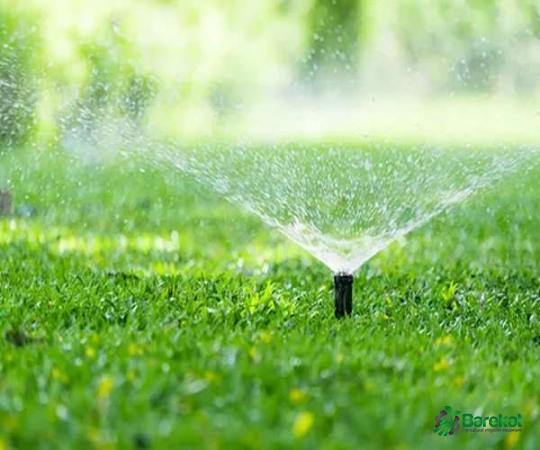
.
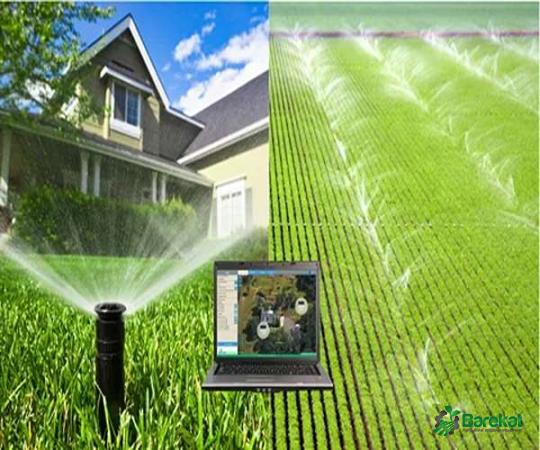 Investing in high-quality filters ensures a longer lifespan for the system while maintaining its optimal performance. 3. Pressure Regulators: Maintaining Consistency Water pressure plays a vital role in the efficiency of drip irrigation. Pressure regulators minimize fluctuations in pressure, ensuring a constant and reliable water flow throughout the system. This enables precise control of water application rates, preventing under or over-watering of plants. 4. Tubing and Fittings: Building the Network Durable and flexible tubing forms the backbone of a drip irrigation system, transporting water from the water source to the plants. High-quality fittings, such as connectors, tees, and couplers, are essential for designing and assembling the network.
Investing in high-quality filters ensures a longer lifespan for the system while maintaining its optimal performance. 3. Pressure Regulators: Maintaining Consistency Water pressure plays a vital role in the efficiency of drip irrigation. Pressure regulators minimize fluctuations in pressure, ensuring a constant and reliable water flow throughout the system. This enables precise control of water application rates, preventing under or over-watering of plants. 4. Tubing and Fittings: Building the Network Durable and flexible tubing forms the backbone of a drip irrigation system, transporting water from the water source to the plants. High-quality fittings, such as connectors, tees, and couplers, are essential for designing and assembling the network.
..
 They provide secure connections, preventing any leaks or water loss. 5. Timers and Controllers: Automation for Efficiency Automating the irrigation process is a key component of efficient agriculture. Timers and controllers allow users to schedule and control the timing and duration of water delivery. This not only saves time and labor but also ensures precise and consistent irrigation, even in the absence of manual intervention. 6. Pressure Compensating Driplines: Ensuring Uniformity In situations where elevation or terrain varies, pressure compensating driplines are invaluable. These driplines maintain a constant flow rate along the entire length, compensating for pressure differences. By promoting uniform water distribution, they help optimize crop growth and productivity. 7. Moisture Sensors: Smart Irrigation Management Modern drip irrigation systems can be further enhanced by the integration of moisture sensors.
They provide secure connections, preventing any leaks or water loss. 5. Timers and Controllers: Automation for Efficiency Automating the irrigation process is a key component of efficient agriculture. Timers and controllers allow users to schedule and control the timing and duration of water delivery. This not only saves time and labor but also ensures precise and consistent irrigation, even in the absence of manual intervention. 6. Pressure Compensating Driplines: Ensuring Uniformity In situations where elevation or terrain varies, pressure compensating driplines are invaluable. These driplines maintain a constant flow rate along the entire length, compensating for pressure differences. By promoting uniform water distribution, they help optimize crop growth and productivity. 7. Moisture Sensors: Smart Irrigation Management Modern drip irrigation systems can be further enhanced by the integration of moisture sensors.
…
 These sensors analyze soil moisture levels in real-time, allowing growers to monitor and adjust irrigation schedules accordingly. Such smart irrigation management helps conserve water, reduce costs, and improve crop health. Conclusion: Drip irrigation equipment offers a cost-effective and sustainable solution for irrigating crops, helping conserve water and improve agricultural efficiency. By investing in high-quality drip irrigation components such as emitters, filters, regulators, tubing, timers, and sensors, farmers can optimize water usage, save resources, and increase crop yield and quality. As the demand for efficient and sustainable agriculture grows, drip irrigation equipment will continue to play a significant role in meeting these challenges head-on.
These sensors analyze soil moisture levels in real-time, allowing growers to monitor and adjust irrigation schedules accordingly. Such smart irrigation management helps conserve water, reduce costs, and improve crop health. Conclusion: Drip irrigation equipment offers a cost-effective and sustainable solution for irrigating crops, helping conserve water and improve agricultural efficiency. By investing in high-quality drip irrigation components such as emitters, filters, regulators, tubing, timers, and sensors, farmers can optimize water usage, save resources, and increase crop yield and quality. As the demand for efficient and sustainable agriculture grows, drip irrigation equipment will continue to play a significant role in meeting these challenges head-on.
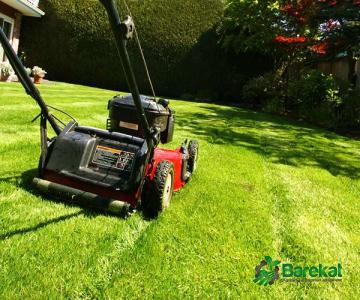

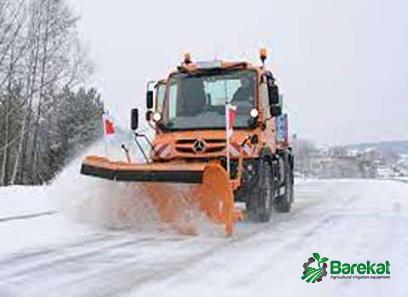

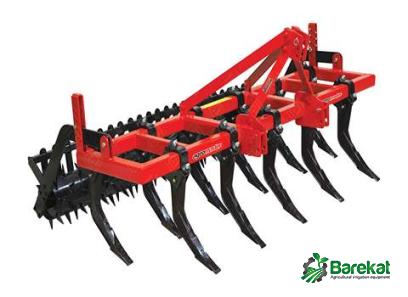


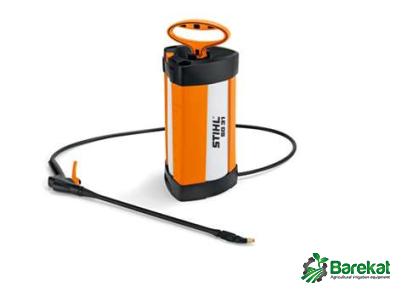
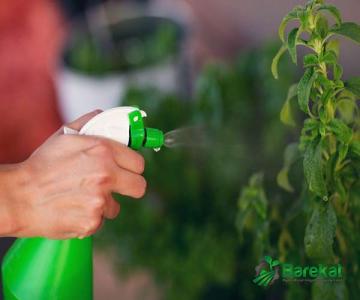

Your comment submitted.